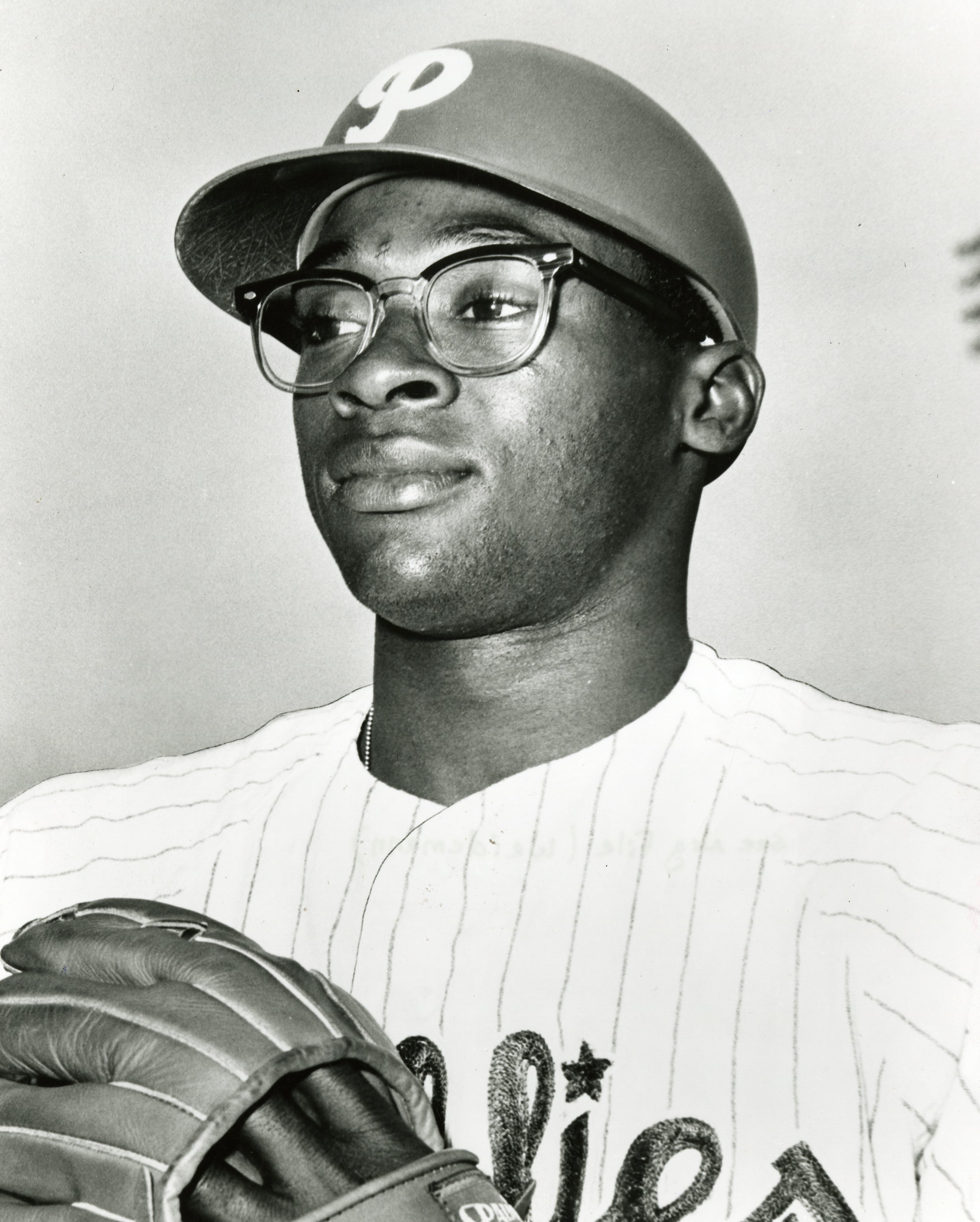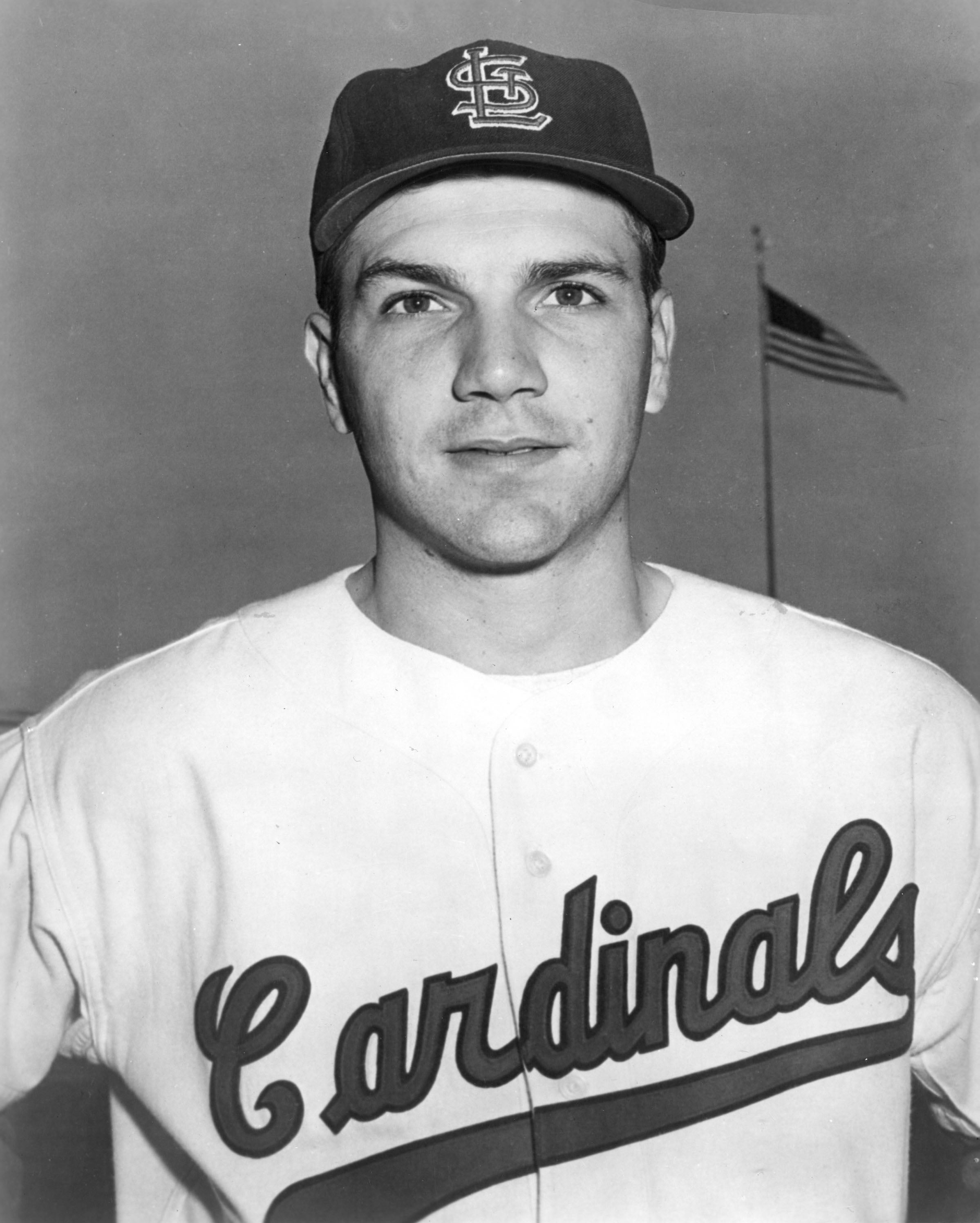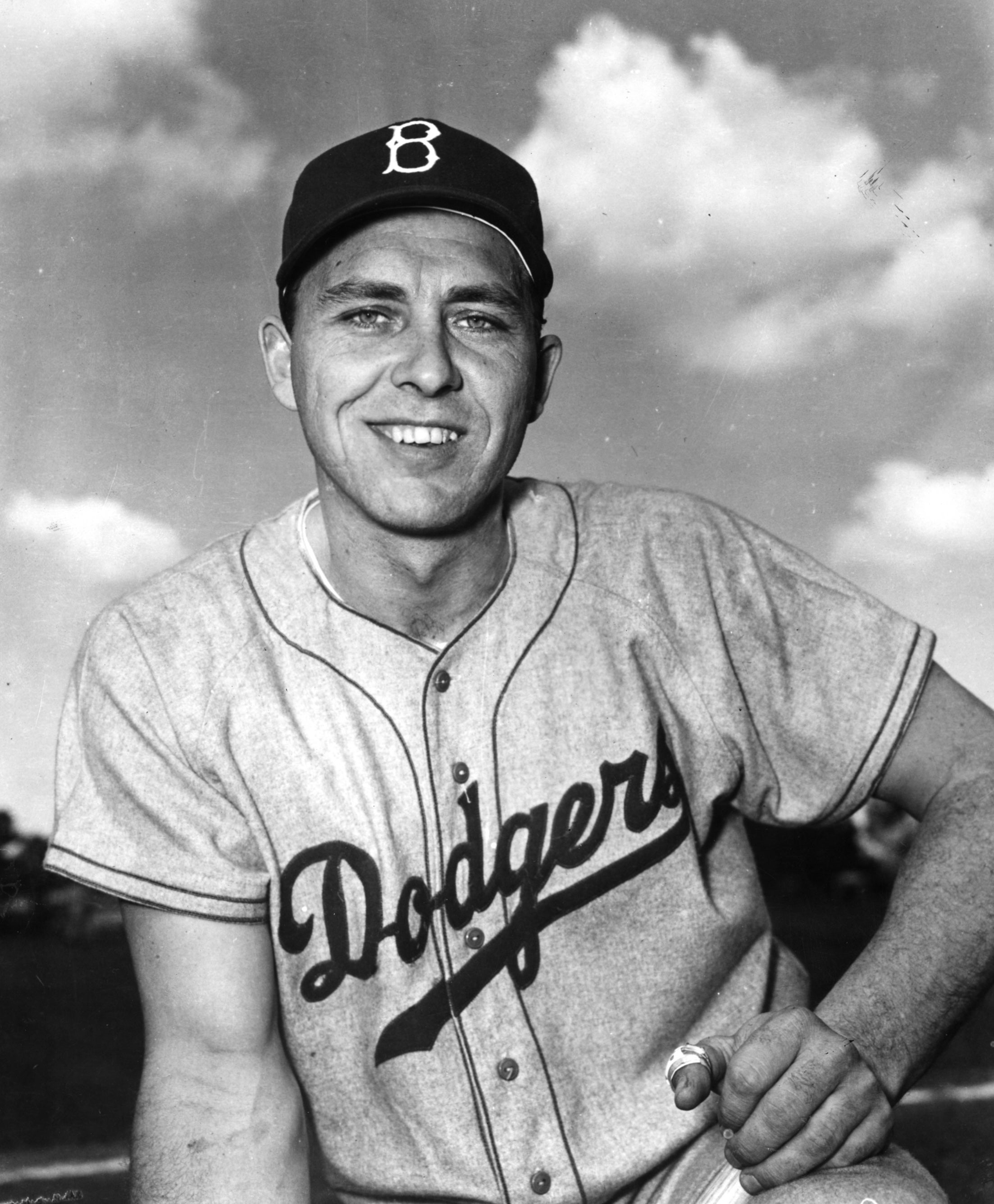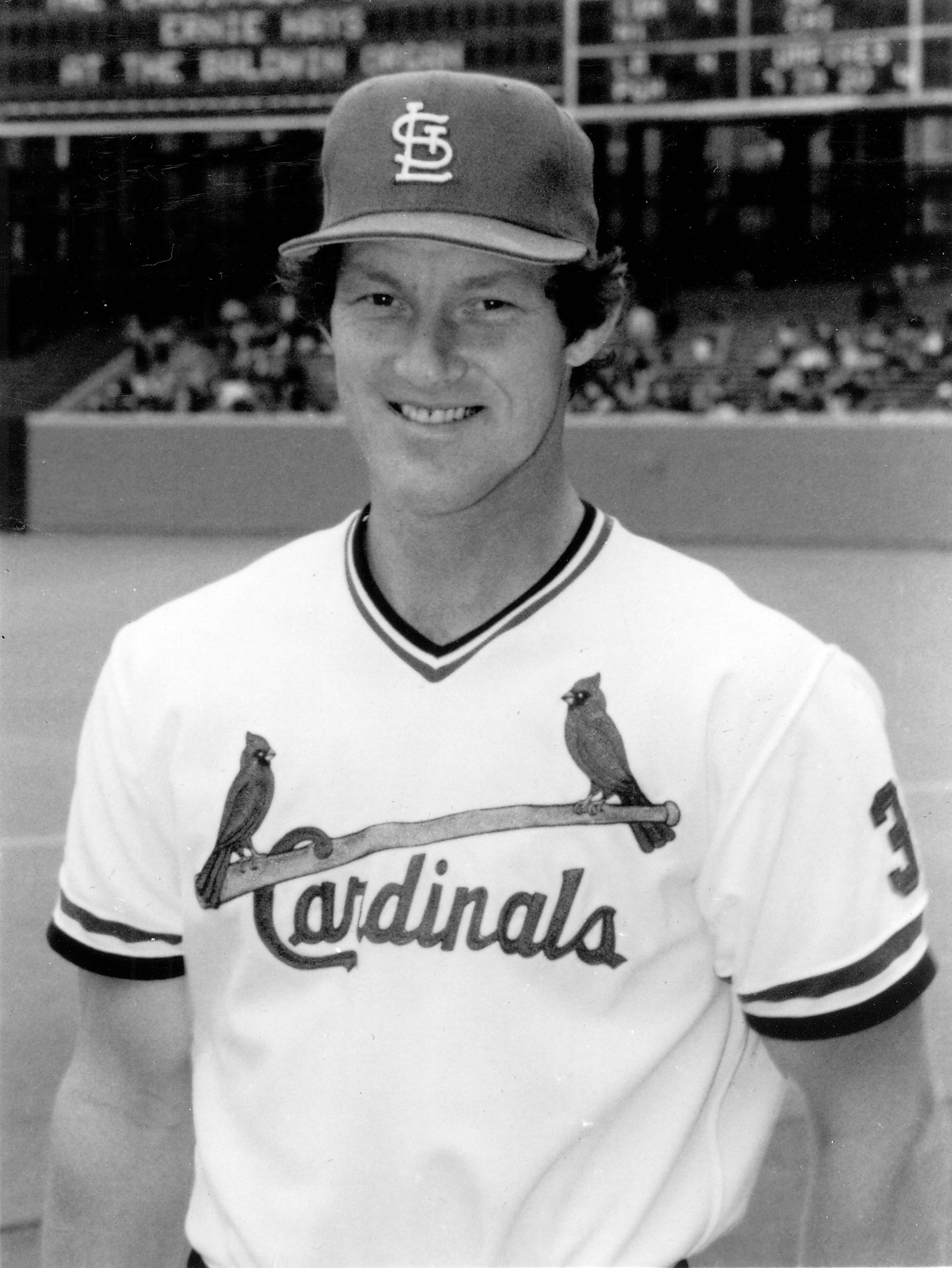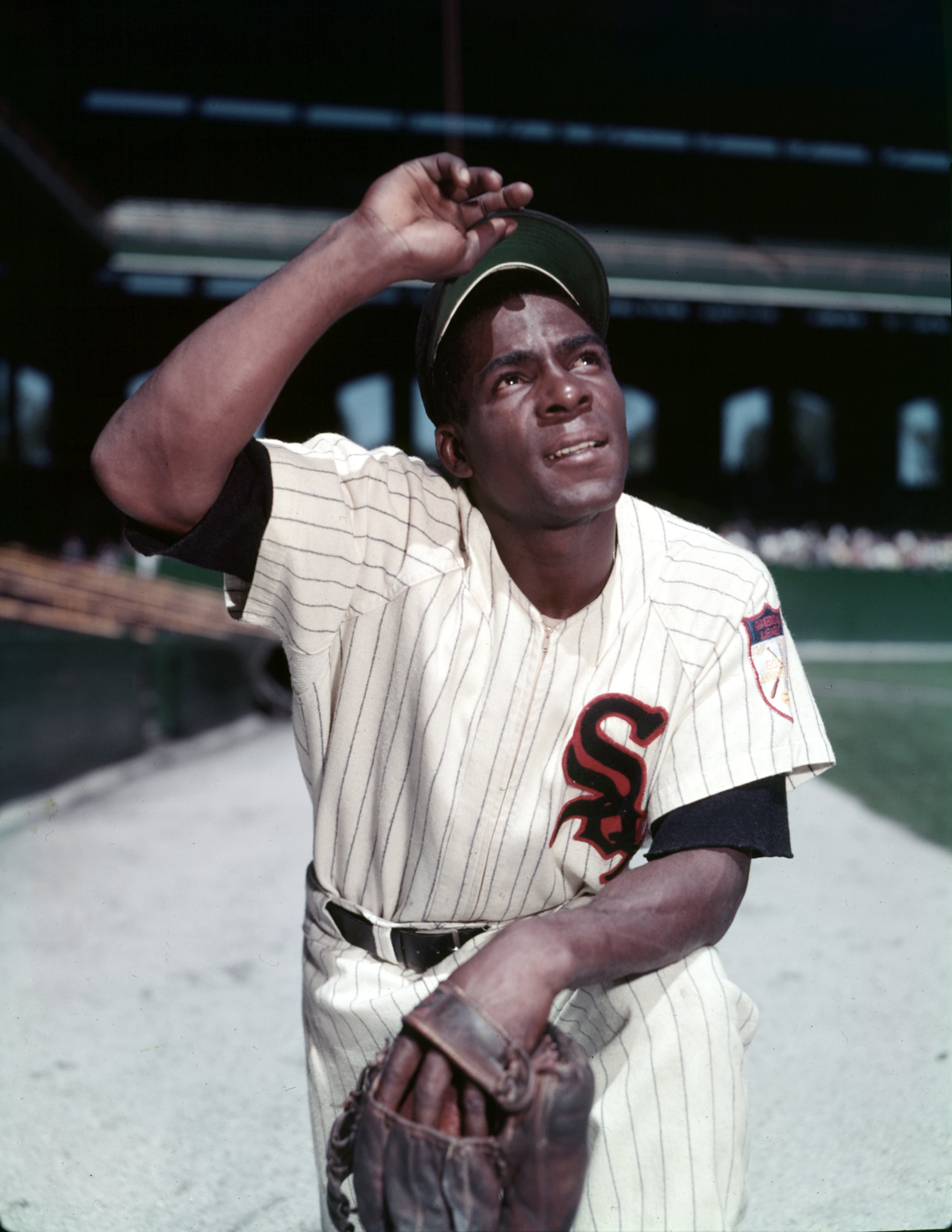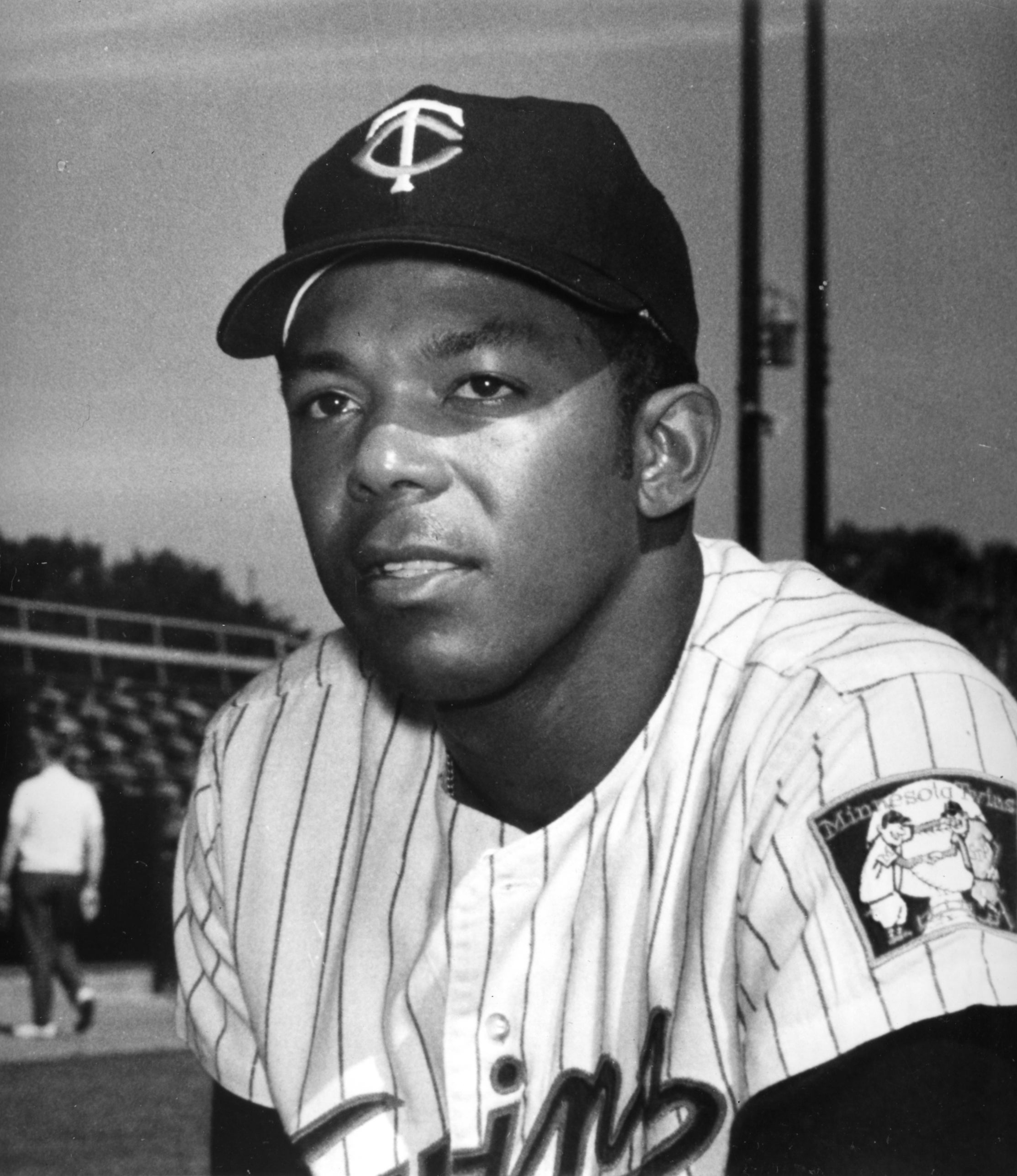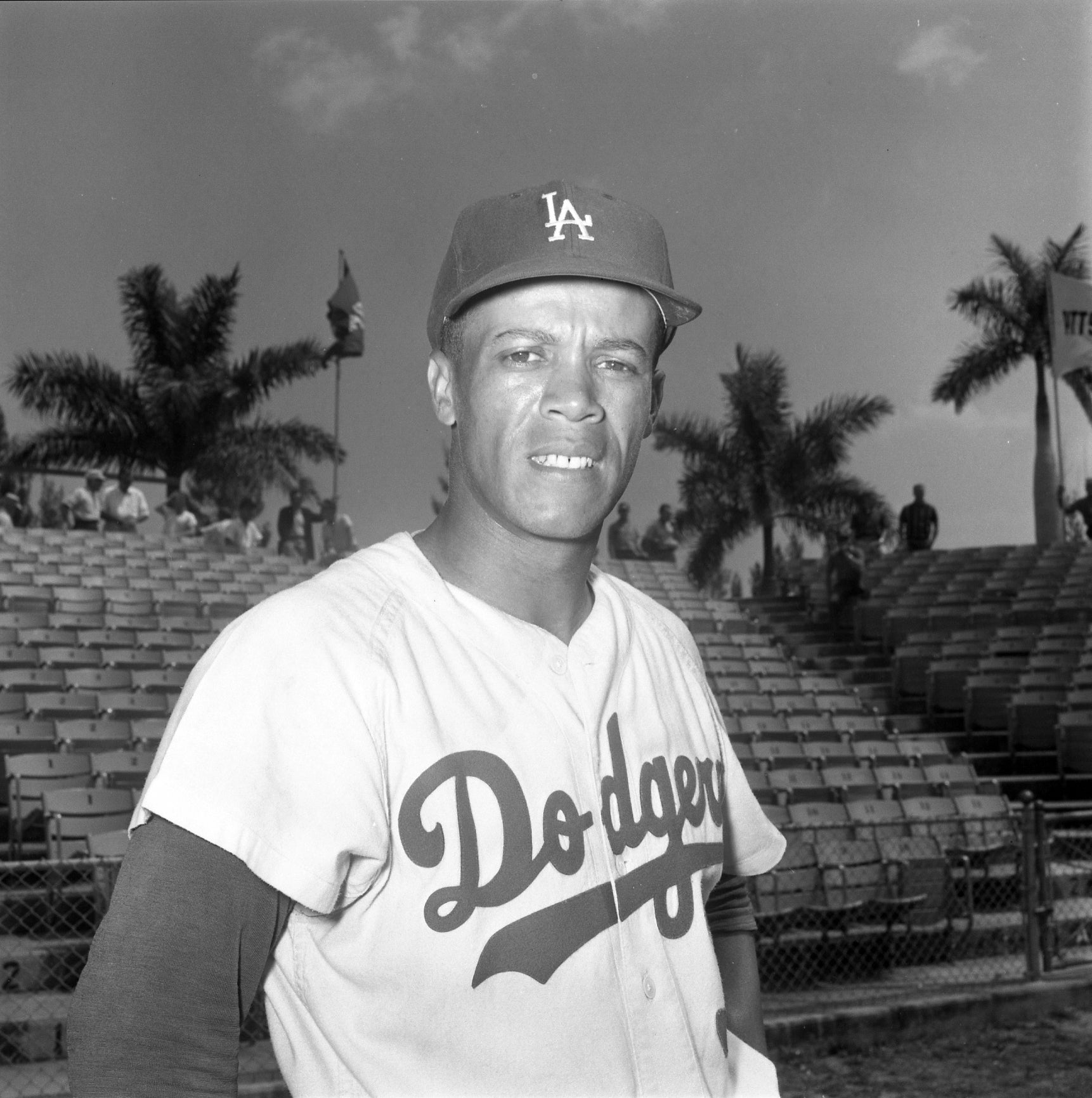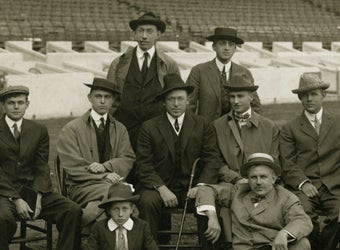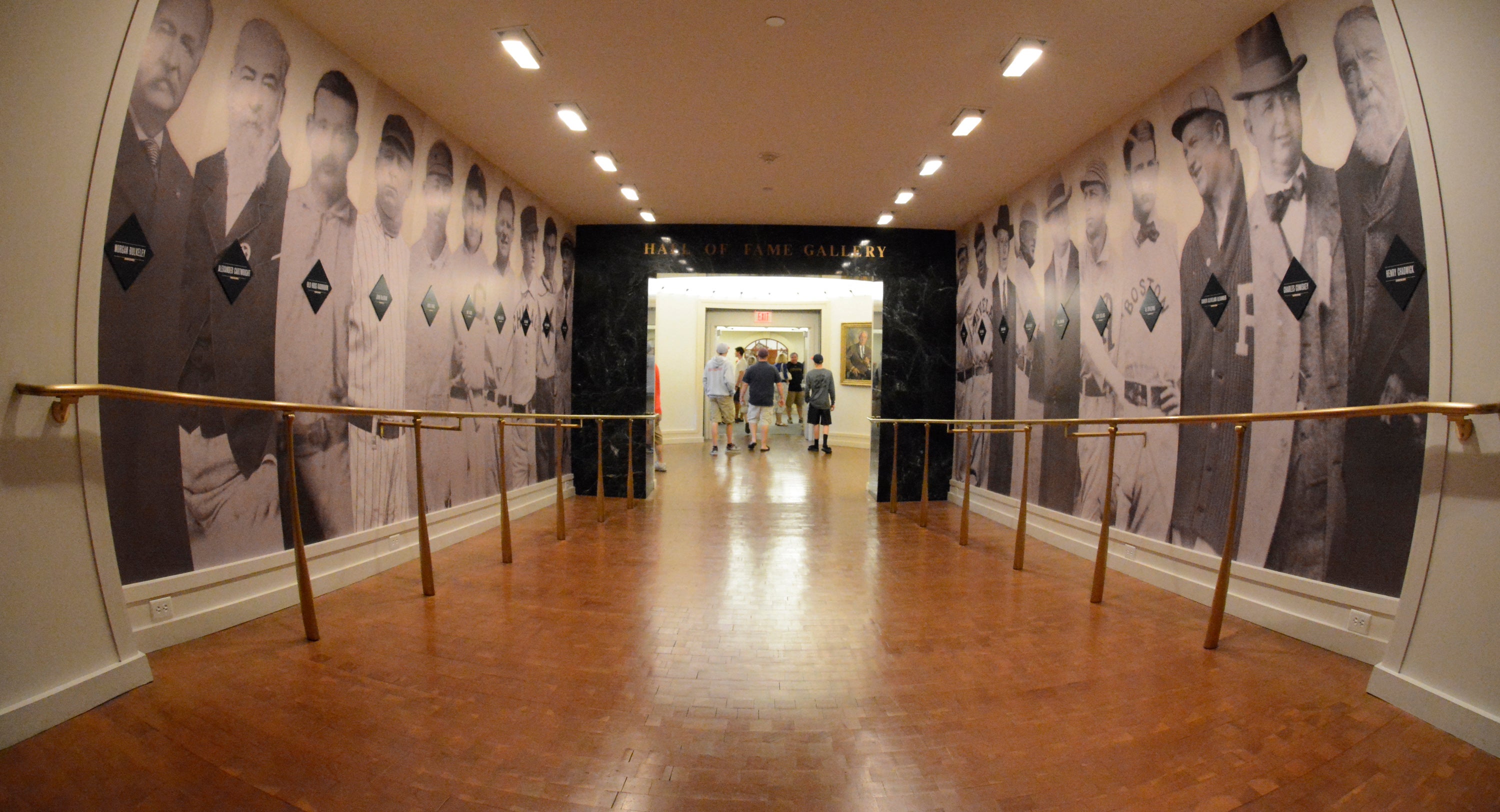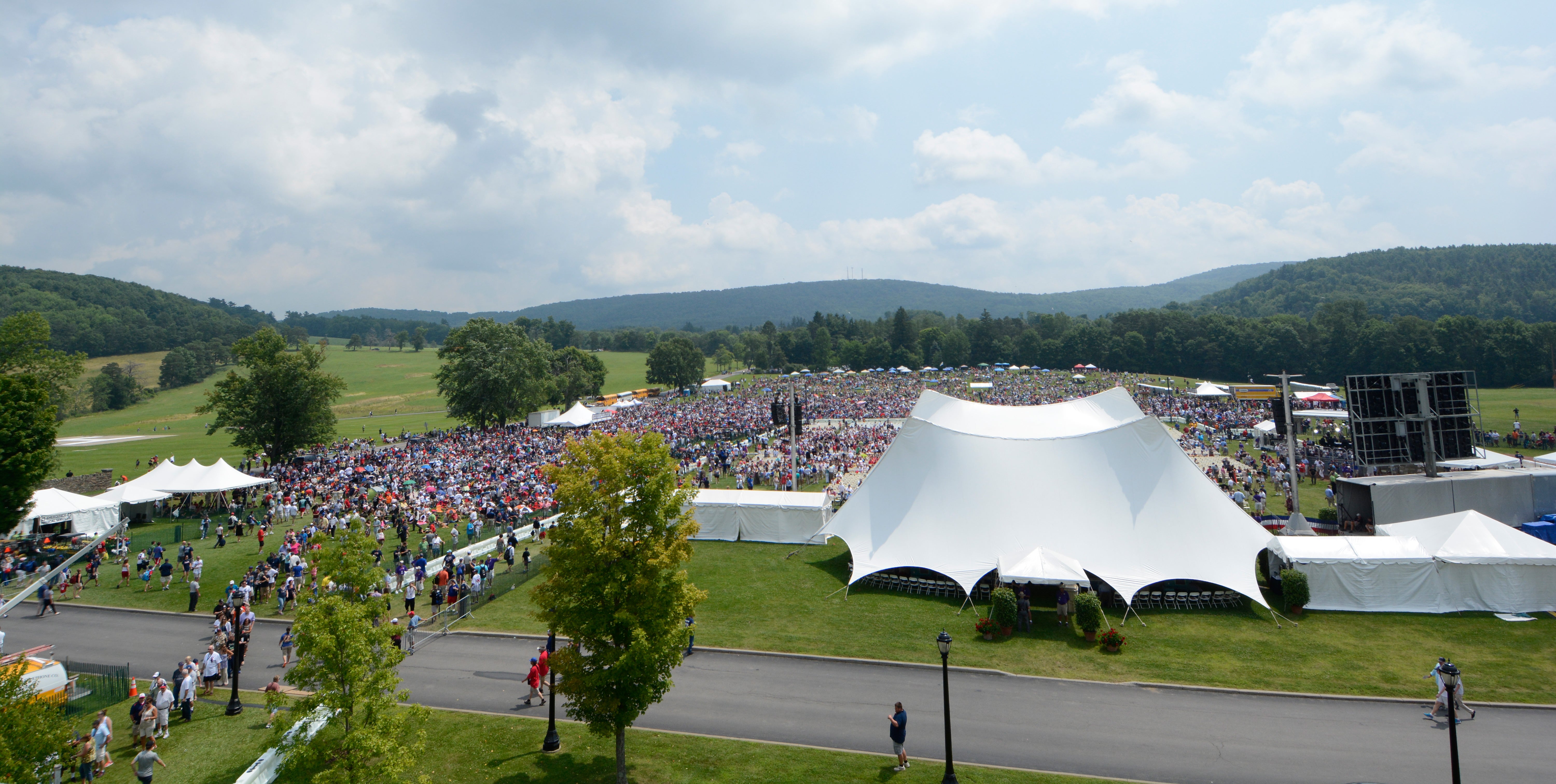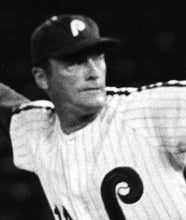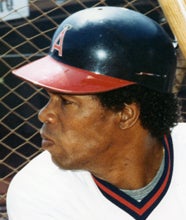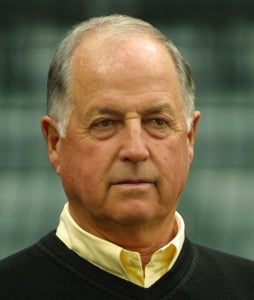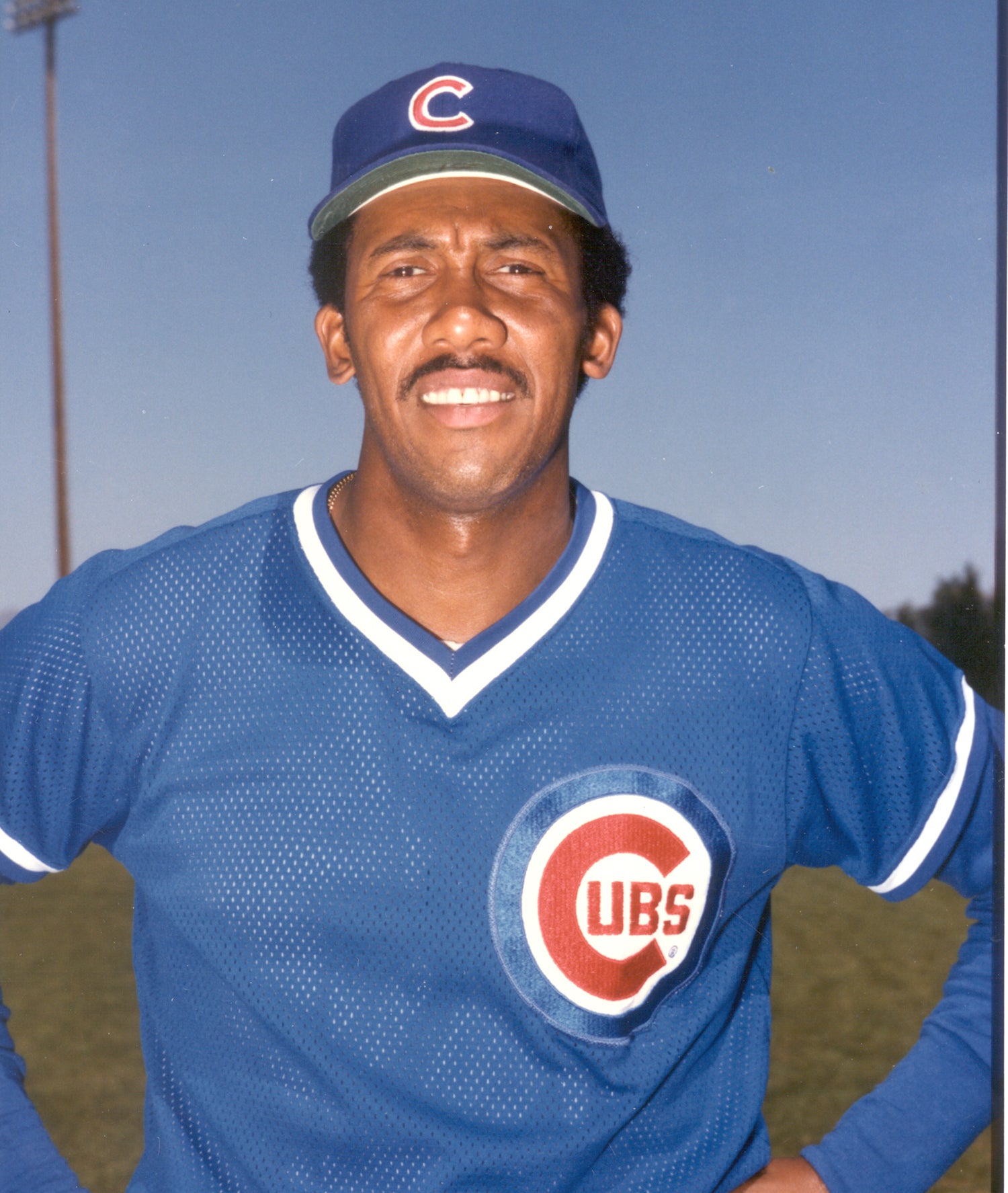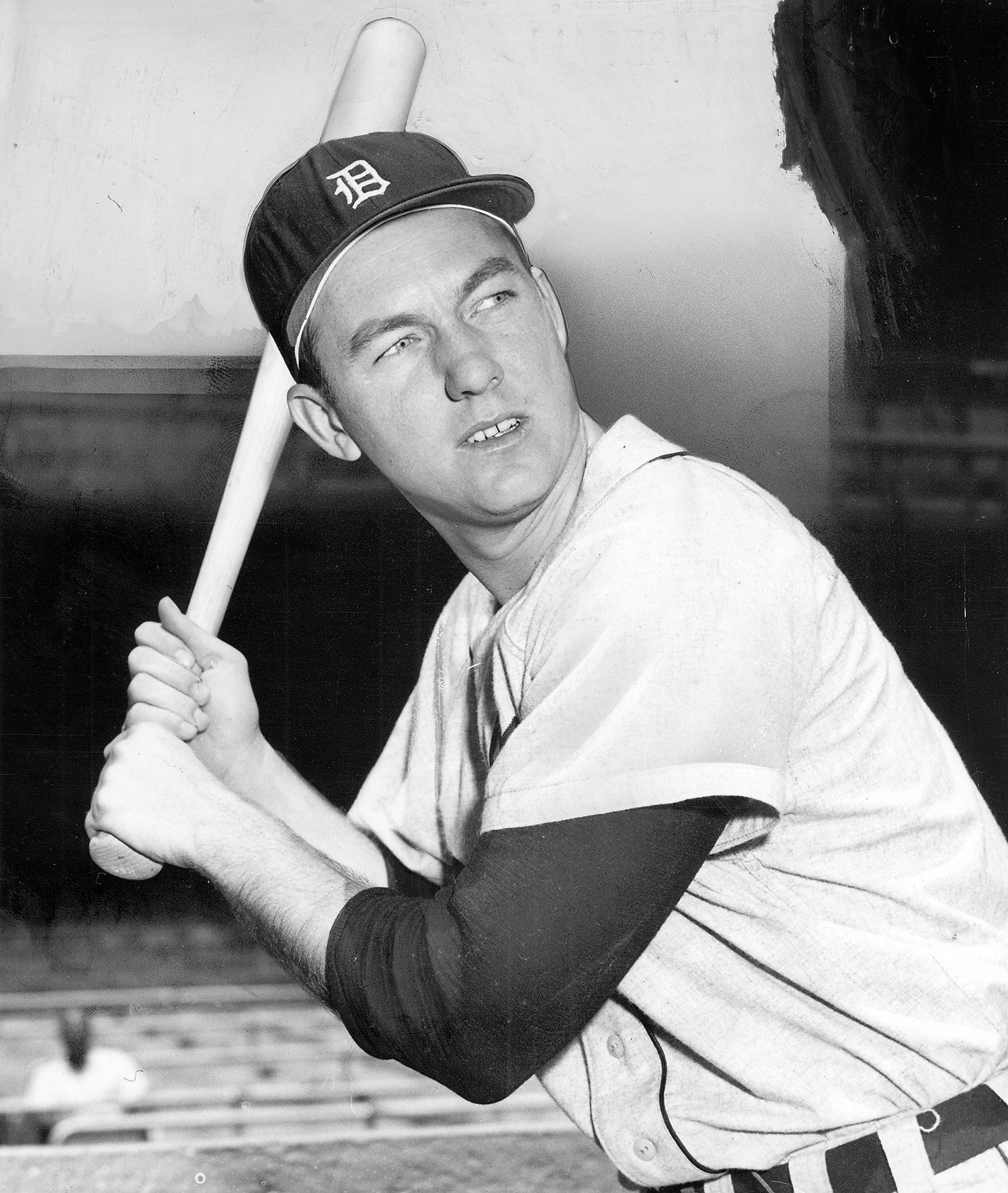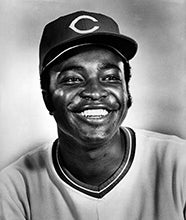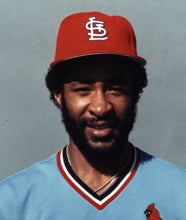- Home
- Our Stories
- Billy Pierce debuts on Hall of Fame Golden Era Committee ballot
Billy Pierce debuts on Hall of Fame Golden Era Committee ballot
Slight of build and considered by some as too nice to succeed, left-handed pitcher Billy Pierce proved that size and temperament do not always determine results. In fact, the mainstay of the Chicago White Sox staff for more than a dozen years ended up being the American League’s winningest southpaw in the 1950s.
Pierce, a two-time 20-game winner with more than 200 career victories, is one of 10 finalists on this year’s Golden Era ballot that will be considered by the committee on managers, umpires, executives and long-retired players at the National Baseball Hall of Fame and Museum. The 16-person committee will vote at baseball’s Winter Meetings in San Diego, Calif., and the results of the vote will be announced Dec. 8.
The 10 candidates on the Golden Era Committee ballot are: Dick Allen, Ken Boyer, Gil Hodges, Bob Howsam, Jim Kaat, Minnie Minoso, Tony Oliva, Luis Tiant, Maury Wills and Pierce. Any candidate who is named on at least 75 percent of all ballots cast will be inducted in the Hall of Fame as part of the Class of 2015.
The Golden Era Committee consists of Hall of Famers Jim Bunning, Rod Carew, Pat Gillick, Fergie Jenkins, Al Kaline, Joe Morgan, Ozzie Smith and Don Sutton; baseball executives Jim Frey, David Glass, Roland Hemond, and Bob Watson; and veteran media members Steve Hirdt, Dick Kaegel, Phil Pepe and Tracy Ringolsby.
Bio
Born April 2, 1927, in Detroit, Michigan, Pierce, an only child, grew up in a Motor City suburb where he became a schoolboy mound sensation at Highland Park High School. Though he once aspired to play football for the University of Michigan – and study medicine – the dream would fade when his hometown team, the Detroit Tigers, offered him a professional contract after a sensational junior season in which he had six shutouts.
“I played mostly baseball in high school and tried a little football,” Pierce would recall. “But my family and the Tigers soon talked me out of that and then I signed with Detroit. I got what was then a good-sized bonus to sign, too, about $15,000, and I figured I’d pitch a long time for my hometown team. But by 1949, I was gone.”
Signed as a 17-year-old – and weighing only 142 pounds at the time – by the Tigers as an amateur free agent prior to the 1945 season, the 5-foot-10 Pierce knew from a young age he had a fascination with pitching.
“When I was 10,” remembered Pierce, “I refused to have my tonsils removed. My folks offered me a major league baseball, and a good glove, if I’d have the operation. I took the bribe. It really was a thrill to throw around that ‘league’ ball, and I’ve been throwing ever since, although I started as a sandlot first baseman. My first and greatest baseball hero was Tommy Bridges, the old time Tiger pitcher who also was a little fellow, and when I was growing up around Detroit I dreamed of being a Tiger.”
During his senior year of high school, Pierce attended spring training with the Tigers. Ultimately, he would spend most of the 1945 campaign with the International League’s Buffalo ball club, posting a 5-7 record. That same season, “Billy the Kid” made his big league debut, the 18-year-old tossing 10 innings across five relief appearances without a decision.
Pierce continued his apprenticeship in Buffalo in 1946 and ’47 before sticking in the big leagues for good. After a middling 1948, in which he was 3-0 with a 6.34 ERA in 22 games, the 21-year-old Pierce was a part of one of the game’s most lopsided trades ever when he was shipped by Detroit with $10,000 to the White Sox for veteran catcher Aaron Robinson on November 10, 1948. While Robinson spent two-and-a-half seasons with the Tigers before being released, Pierce would soon become one of the best pitchers of his era.
Finally given a real opportunity to shine, Pierce suffered through 1949 with a 7-15 won-loss record while playing for a bad team but things soon began to change. He finished 1950 with a 12-16 mark, the first of 12 seasons he had with at least 10 wins.
By the mid-1950s, the small southpaw stylist – equipped with a pitching bag of tricks that included a devastating fastball, a sharp-breaking curve, a slider and a changeup – was being talked about as one of the top lefties in the sport.
“Billy (The Kid) Pierce is the best left-hander, by far, in the American League,” wrote 1975 Spink Award honoree Shirley Povich in 1956. “The person maintaining otherwise is risking committal as an incurable psycho who can neither read the figures nor respond to reason.”
An amazed Joe DiMaggio, the legendary Hall of Fame outfielder for the Yankees, once remarked after facing Pierce: “That little so-and-so is a marvel. So little – and all that speed. And I mean speed! He got me out of there on a fastball in the ninth that I’d have needed a telescope to see.”
When asked how the little lefty got so much power behind his fastball, White Sox general manager Frank “Trader” Lane, who acquired Pierce for Chicago, said, “What enables little Ben Hogan to hit a golf ball the way he does? Coordination, marvelous coordination. And that’s the same way with Billy. He gets everything behind his pitches; no wasted motion.”
After winning a combined 69 games from 1950-54, Pierce’s ’55 season ended with a 15-10 record (and on the losing end of four 1-0 decisions) and an amazing 1.97 ERA, the American League’s lowest in a decade. He followed that up in ’56 with his first of two consecutive 20-win seasons. In 1959, his 14 wins during the regular season helped the “Go-Go” Sox secure the franchise’s first pennant since the infamous 1919 “Black Sox.”
“I can’t think of any left-hander in baseball today who is more effective than Billy Pierce” said Dave “Boo” Ferriss, a Red Sox coach at the time. “He unloads on you; he’s always right on top of that batter.”
Third baseman George Kell, a future Hall of Famer, said, “I’d lots rather hit against Whitey Ford of the Yankees than against Billy Pierce.”
As much acclaim as Pierce received for his play, he was also considered by many the nicest guy in baseball. An example of this was often shared by Frank Lane, of the time Cass Michaels of the Philadelphia Athletics got a game-winning hit off Pierce with the bases loaded. When Lane asked Pierce after the game, “Why the devil didn’t you loosen up Michaels with some close ones?” Pierce explained, “I couldn’t throw close to Cass. We’re friends. He used to room with me on the Sox, and we bowl together during the winter.”
Sharing this sentiment was John Roscich, a White Sox batboy, who said, “Billy Pierce is always thinking of others. He worries when some of the deserving Sox aren’t named to the All-Star team. When he sends me for a bottle of pop or a candy bar, he buys me one, too. He’s a nice guy.”
After 14 years on Chicago’s South Side, and coming off a 10-9 season, pitchers Pierce, 34, and Don Larsen were traded to the San Francisco Giants for a quartet of minor leaguers on November 30, 1961. With something to prove, Pierce finished 16-6 his first season on the West Coast, helping the Giants franchise capture its first pennant since moving to California. In the Fall Classic, he was 1-1 in two starts as the Giants fell to the Yankees in seven games.
Pierce decided to hang up his baseball uniform after three seasons with the Giants, retiring after an 18-year big league career with a 211-169 record, 1,999 strikeouts, 193 complete games, 38 shutouts and a 3.27 ERA.
“I leave without a regret and with only fond memories,” said Pierce, a seven-time All-Star, when he announced his retirement in October 1964. “I’ve gotten more out of baseball than most men ever get because of the cards sometimes turning up the wrong way for them. For me, they’ve invariably been in my favor.
“My family and I have lived well because of baseball and there isn’t enough money in the world to buy the friendships I’ve enjoyed.”
In the discussion as one of the best pitchers in White Sox history, Pierce tops the franchise’s all-time list with 1,796 strikeouts and his 186 wins are fourth behind Hall of Famers Ted Lyons (260), Red Faber (254) and Ed Walsh (195). The White Sox retired his number 19 in 1987.
“As an outfielder, he was the best I ever played behind in so many respects,” said longtime White Sox centerfielder Jim Landis. “He kept his players in the game with the way he worked. He made the team better. When it came to the big game and the crucial batter, Billy was outstanding. He had this composure about him that made us all feel comfortable. To be honest, I enjoyed watching him pitch from center field. His control was amazing. I marveled at him.
“You cannot talk about Billy Pierce without mentioning his character and his athletic ability. People have one or the other, but very few have both.”
Bill Francis is a Library Associate at the National Baseball Hall of Fame and Museum


